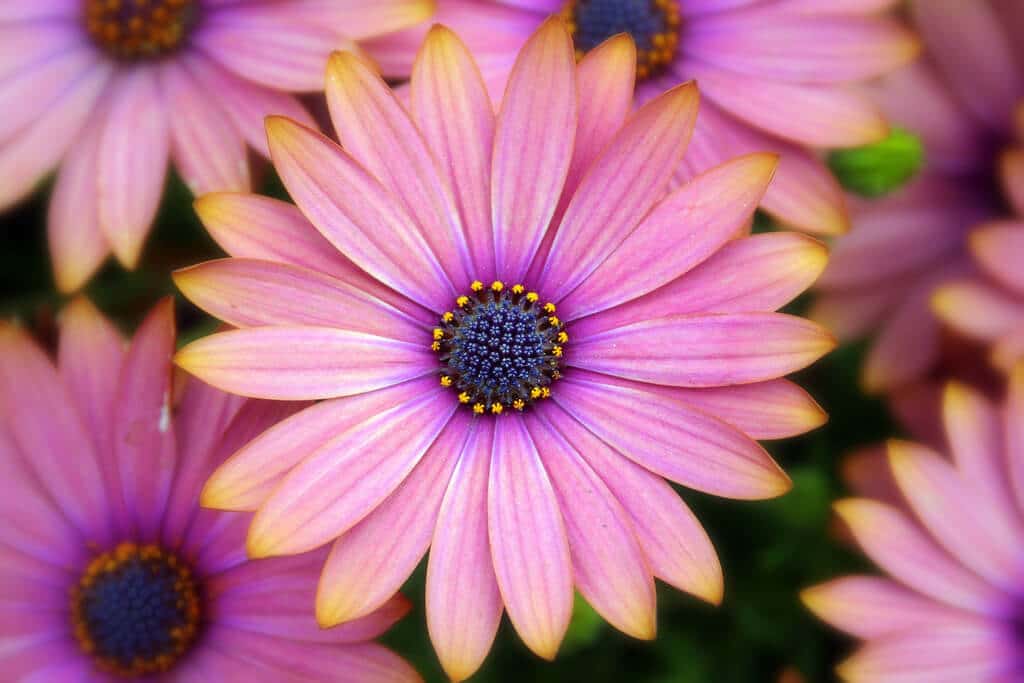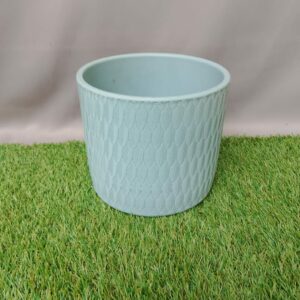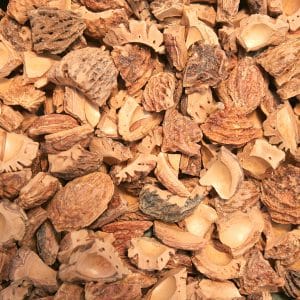Top 10 Indigenous Plants in South Africa
Uncategorized

Top 10 Indigenous Plants
 Traditionally there is a tendency for open spaces and parks in cities and towns, to be planted with exotic plants. This makes them high maintenance areas, requiring lots of watering, weeding, fertilization, etc.
Traditionally there is a tendency for open spaces and parks in cities and towns, to be planted with exotic plants. This makes them high maintenance areas, requiring lots of watering, weeding, fertilization, etc.
The advantage of indigenous plants is that they:
- Can eventually maintain themselves in the poor soils
- Require less or little water
- Evergreen
- Attract birds and wildlife
- Source of medicinal plants
- Important habitats for natural fauna
However one of the most important advantages of planting indigenous is water saving – save yourself money and contribute towards overcoming South Africa’s, critical shortage of water.There are many benefits to using indigenous plants for gardening because these plants have developed especially to cope with the dry local conditions and are more hardy. Some ingenious indigenous gardening ideas …
1. Sweet, sweet perfume of indigenous
Not only are indigenous plants water-savers and low maintenance but some also exude a wonderful perfume. A fragranced garden appeals to one of most evocative senses and with careful planning one can have a perfumed garden throughout the year.Scented bulbs like freesias, scented agapanthus, night-scented gladioli, the wild honeysuckle tree, sweet salvias, travelers joy, jasmine and the lemon-scented pelargonium.Then there are those plants which release a strong aroma when touched. Pelargoniums are best known for this. Favourites are the rose, nutmeg and peppermint scented.
2. Practical ways to use indigenous plants
Indigenous plants can be used to create impenetrable barriers and block out sound, making your garden a haven of security and tranquillity.An old favourite is to create a secure garden and a safe environment for your family as well as birds and animals in your garden. An old favourite is the Kei apple, which can be trained very easily into a hedge plant. The lemon thorn is also an attractive intruder deterrent. Other types include the forest num-num, buffalo thorn, the common turkey berry, spiny gardenia, false forest spike thorn and prickly asparagus thorns.Indigenous plants also make very effective windbreaks. It is a good idea to leave hedges in coastal gardens untrimmed and a bit wild so they act as wind breaks.
Plant shrubs closer together so they can protect each other. The tick berry is ideal with its yellow, daisy flowered bush. It is quick growing and loved by birds for the fruits and by butterflies as a larval host plant. Try honeysuckle and plumbago both of which can be trimmed or left to scramble.Our best wishes in creating your own South African garden – please remember to consult one of our horticulturists if you have any queries or need advice
You might also like
Shop online
-
- Sale!
POT COVER CERAMIC EVA GREEN SURF MATTE FEATHER 16.5 CM
- Original price was: R399.99.R279.99Current price is: R279.99.
- Add to cart Learn More




